Evolution-informed forecasting of seasonal influenza A (H3N2)

Interpandemic or seasonal influenza A, currently subtypes H3N2 and H1N1, exacts an enormous annual burden both in terms of human health and economic impact. Incidence prediction ahead of season remains a challenge largely because of the virus’ antigenic evolution. We propose a forecasting approach that incorporates evolutionary change into a mechanistic epidemiological model. The proposed models are simple enough that their parameters can be estimated from retrospective surveillance data. These models link amino acid sequences of hemagglutinin epitopes with a transmission model for seasonal H3N2 influenza, also informed by H1N1 levels. With a monthly time series of H3N2 incidence in the United States for more than 10 years, we demonstrate the feasibility of skillful prediction for total cases ahead of season, with a tendency to underpredict monthly peak epidemic size, and an accurate real-time forecast for the 2016/2017 influenza season.
